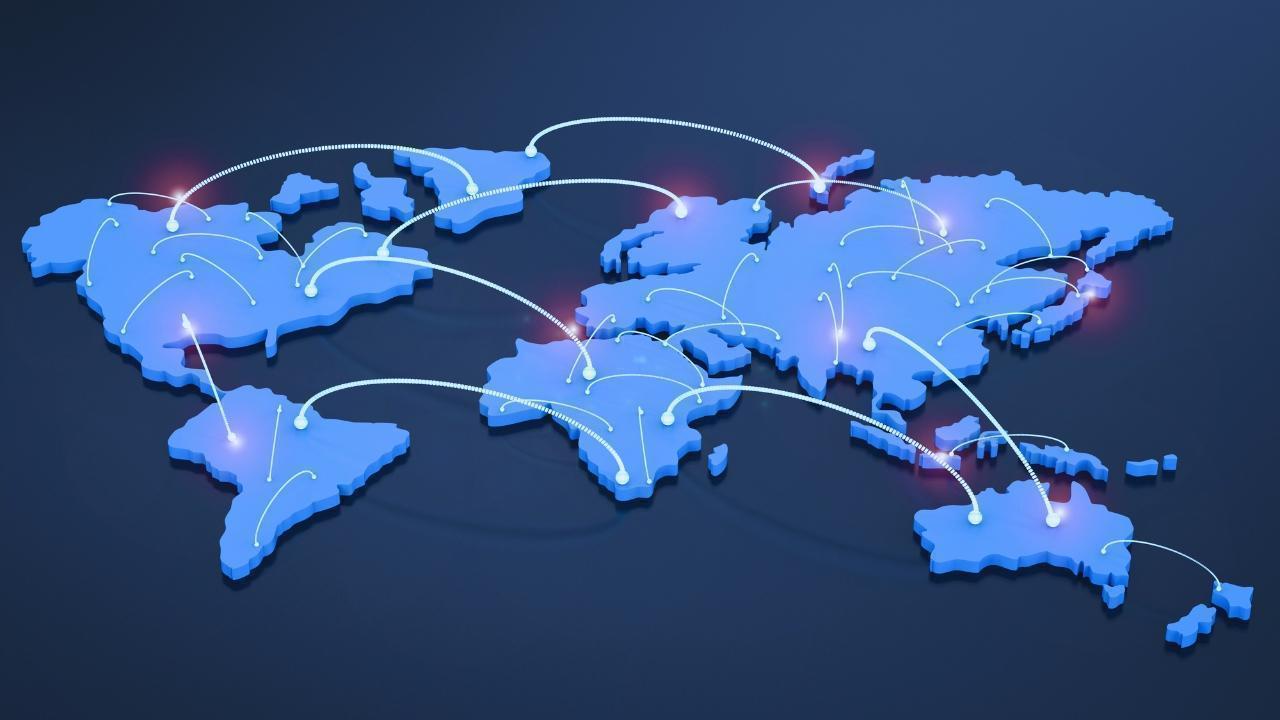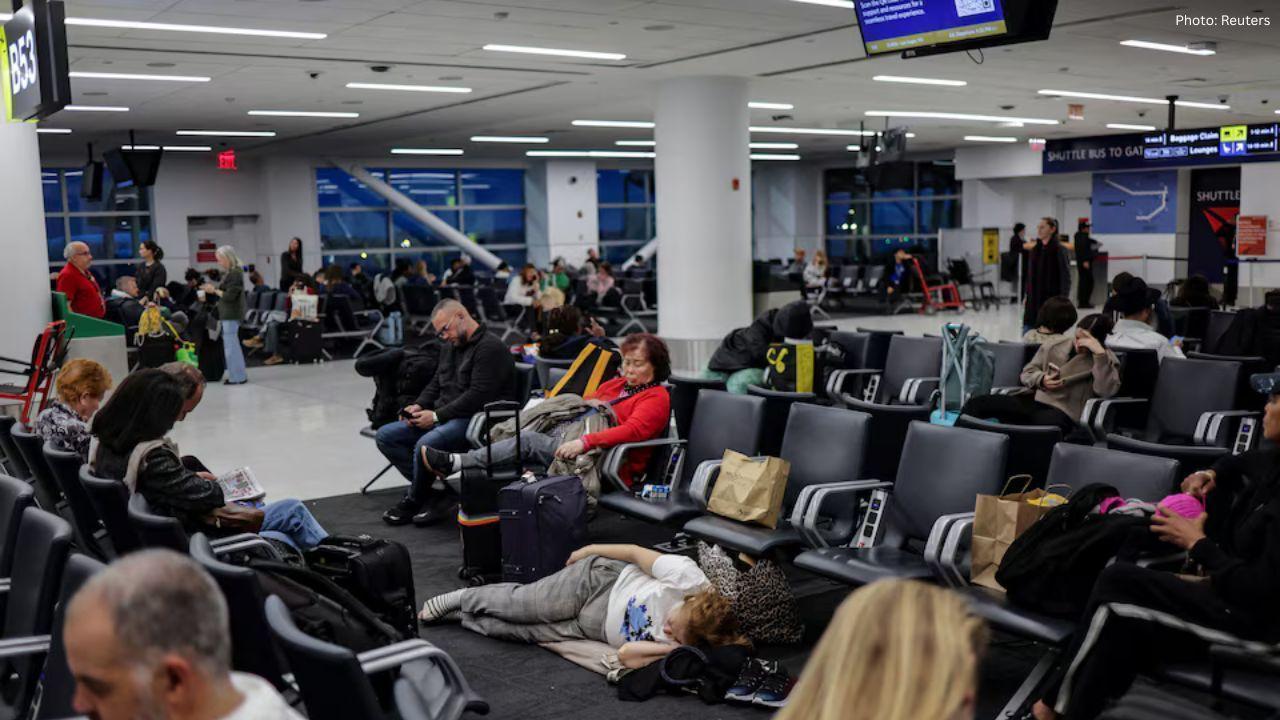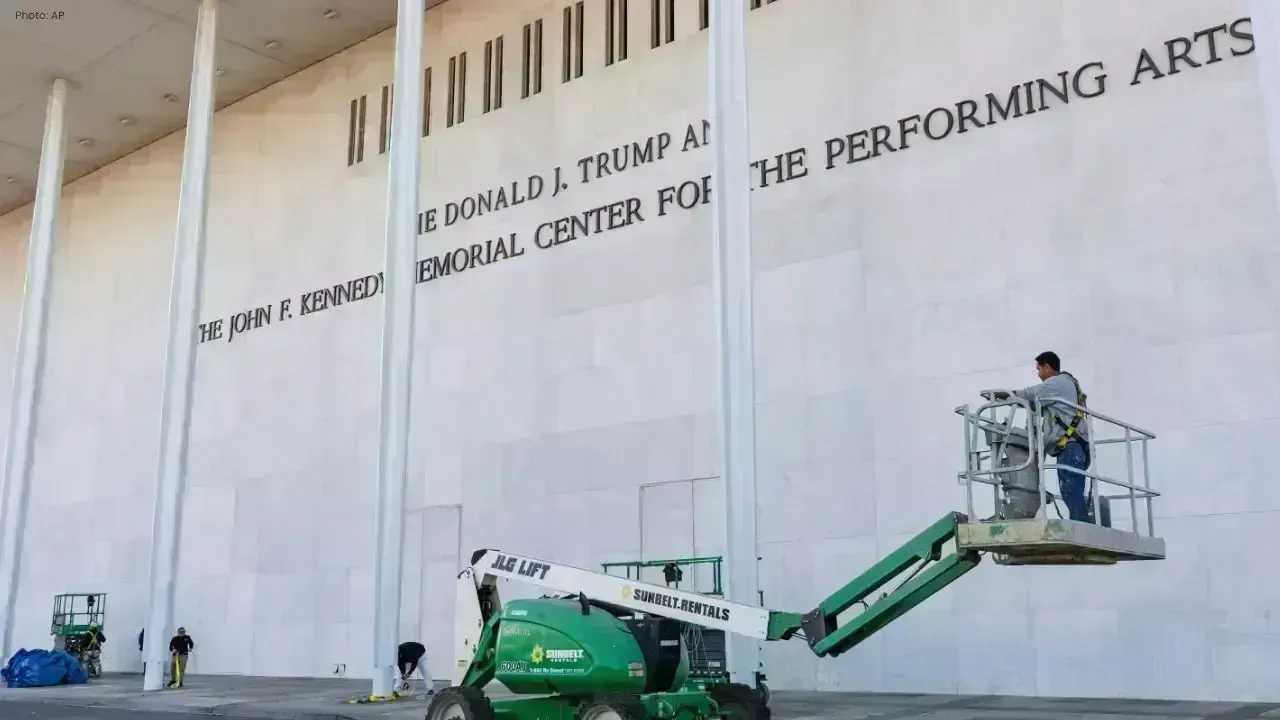You have not yet added any article to your bookmarks!

Join 10k+ people to get notified about new posts, news and tips.
Do not worry we don't spam!

Post by : Anis Farhan
In an age where video calls replace meetings, online learning substitutes classrooms, and apps deliver everything from education to healthcare, the importance of a stable internet connection has become undeniable. But while governments globally pour resources into traditional infrastructure—airports, highways, railways—a newer and equally vital form of infrastructure is demanding attention: broadband.
Universal broadband is no longer a luxury. It is a foundational human right in a connected world. Just like clean water and electricity changed lives in the last century, access to fast, reliable internet is reshaping lives today—from remote villages in Vietnam to skyscrapers in Manhattan. And the gap between those who have access and those who don’t is growing starker with each passing year.
Until 2020, broadband expansion was on policy wishlists—but not an immediate priority. That changed with the COVID-19 pandemic. Lockdowns threw billions of people into online dependence: remote jobs, digital learning, online grocery, even social interaction—all moved to the internet. Suddenly, those without broadband access weren’t just disadvantaged; they were excluded altogether.
Entire school systems struggled to keep students connected. Businesses that lacked digital reach collapsed. Rural doctors couldn’t access virtual consultation tools. These failures exposed what digital experts had been warning for years—that digital inclusion is critical to economic and social resilience.
Traditionally, infrastructure is about what helps people and economies move and grow. Roads connect cities. Power grids light up homes. Ports drive trade. In today’s reality, broadband does all three—digitally.
A student in Jakarta can access Ivy League lectures online. A farmer in Cambodia can check international crop prices. A small handicraft seller in Nepal can export globally via Etsy. But only if the pipeline of connection—broadband—exists. Without it, these possibilities evaporate.
That’s why countries like the U.S., UK, South Korea, and Singapore are pushing forward with national broadband strategies, treating fiber-optic cables like bridges and towers like seaports. Their success is proving something vital: broadband is not optional infrastructure anymore. It’s foundational.
Despite its importance, the world is far from achieving broadband equity. According to the International Telecommunication Union (ITU), nearly 2.6 billion people remain offline globally—many of them in Africa and parts of Asia. Even in connected nations, speed, reliability, and cost remain barriers.
While urban regions sprint ahead with 5G and fiber, rural areas are still stuck on outdated networks or none at all. And women, the elderly, and underprivileged groups often lack not just access, but digital literacy.
This digital divide isn’t just unfair—it’s expensive. Economists now agree that nations unable to close this gap are losing out on GDP growth, innovation potential, and workforce competitiveness. In short, universal broadband isn’t just a moral imperative—it’s a smart investment.
Asia, home to over half the world’s population, is in a unique position to lead this digital revolution. Countries like South Korea and Japan already boast near-total internet penetration. But the story isn’t the same everywhere.
In India, the BharatNet project aims to connect over 600,000 villages with fiber-optic broadband. Indonesia is rolling out its Palapa Ring, a network of undersea and terrestrial cables linking even the remotest islands. China’s rural broadband program has installed over a million kilometers of fiber in under a decade. These are massive infrastructure undertakings—digital in form, but physical in scale.
But challenges remain. Affordability, electricity access, political will, and corporate cooperation all stand as barriers. For these initiatives to work, partnerships between governments, tech companies, NGOs, and communities are crucial.
One reason broadband was once overlooked was the belief that it was too expensive to scale globally. But technology has evolved.
Low-Earth orbit (LEO) satellites like SpaceX’s Starlink and Amazon’s Project Kuiper promise high-speed internet even in deserts and mountaintops. 5G and future 6G networks are extending reach without laying cables. Community mesh networks and TV white space innovations allow smart use of existing spectrum.
These breakthroughs mean countries don’t always need trillion-dollar budgets to expand access. Creative policy and targeted tech can do the job at scale and speed.
The business case for universal broadband is rock-solid. The World Bank estimates that a 10% increase in broadband penetration can lead to a 1.38% increase in GDP in developing countries. That’s because broadband doesn’t just connect people—it empowers microbusinesses, attracts investments, and boosts public service efficiency.
Digital economies thrive on connected consumers. More broadband means more digital jobs, e-commerce growth, online payments, cloud services, and software exports. In short, it’s the backbone of a new economic era.
Yet the road to universal broadband isn’t paved with fiber alone. Even in regions where access exists, issues persist:
Affordability: Data prices are still too high in many low-income regions.
Digital Literacy: A connection is useless if people can’t use it effectively.
Language Barriers: Online content often doesn’t reflect local languages.
Cybersecurity: Expansion brings exposure to threats.
Thus, broadband development must go hand-in-hand with digital education, localized content creation, and privacy safeguards.
The 20th century saw water, electricity, and telephone services become basic utilities. The 21st must do the same with broadband. It’s not just about streaming or social media—it’s about participation in modern life.
Access to government services, emergency alerts, health portals, banking, and even disaster response now hinges on internet connectivity. Denying people access to broadband is increasingly equivalent to denying them citizenship in the modern world.
Governments must adopt this mindset and legislate accordingly—through public-private partnerships, subsidies, fair competition laws, and innovation incentives.
The goal is simple: no one left offline. But the roadmap will need consistency, investment, and vision. It’s about lifting every village into the digital age, not just speeding up urban data.
If the 20th century was about building national highways, the 21st is about building global dataways—ones that are open, affordable, and reliable for all.
Broadband isn’t just wires and waves. It’s the bridge to a future where opportunity isn’t limited by geography. It’s the most important infrastructure the world is building today—and the one that will define tomorrow.
This article is a journalistic editorial based on globally available digital infrastructure data, World Bank insights, and telecom policy trends. It does not represent investment or technical advice. Views expressed are for public awareness and knowledge-sharing.










Akshaye Khanna exits Drishyam 3; Jaideep Ahlawat steps in fast
Producer confirms Jaideep Ahlawat replaces Akshaye Khanna in Drishyam 3 after actor’s sudden exit ov

Kapil Sharma’s Kis Kisko Pyaar Karoon 2 to Re-release in January 2026
After limited screens affected its run, Kapil Sharma’s comedy film Kis Kisko Pyaar Karoon 2 will ret

Hrithik Roshan and Saba Azad Celebrate Christmas at Family Party
Hrithik Roshan and Saba Azad celebrated Christmas at Sussanne Khan’s party, sharing happy moments wi

China Sanctions 20 US Defense Firms Over Taiwan Arms Sales Dispute
China imposes sanctions on 20 US defense companies and 10 executives for supplying arms to Taiwan, e

Salman Khan’s Grand 60th Birthday Bash at Panvel Farmhouse Shines Bright
Salman Khan celebrates his 60th birthday with a grand party at Panvel farmhouse, sharing joyful mome

Thailand Defence Minister Joins Talks to End Deadly Border Clash
Thailand’s defence chief will join talks with Cambodia as border clashes stretch into a third week,